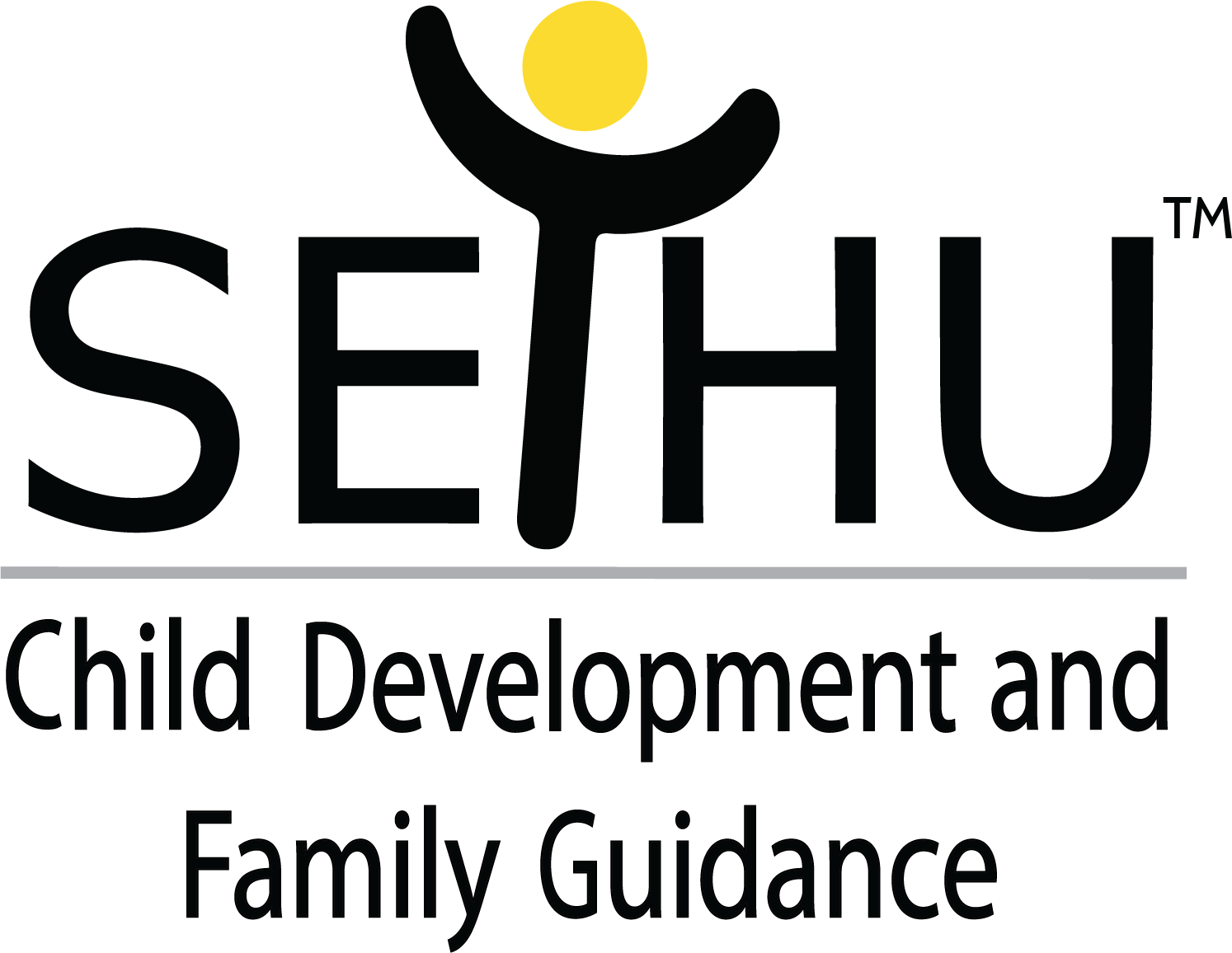Author: Anusha Doshi | February 19th, 2022

Are you a teacher who is stuck trying to figure out how to make your classroom interesting? Are you a special educator trying to understand how to keep your student engaged in a skill they need to learn? Or are you a parent wondering how to get your child to sit down and study with you after they have had a whole day of school and are not interested anymore, they just want to play?
If you are one of the above I have a feeling you might find this article a confidence booster. At least I hope you do 😊
Most often, when we teach children any academic-related skill, one thing we notice across all age groups, in both neurotypical or children with special needs, is that their attention to the teaching activity is very limited. They get bored quickly and they lose interest. One thing that works well in these cases and takes a tad bit of extra planning from our end, but works well is changing our teaching technique to use, ‘multiple means of representation’, regarding the skill we are teaching.
Now before you roll your eyes, hear me out 😊
I know it is not possible to apply this to everything we teach and not always possible given the limited resources we as teachers, special educators or parents may have access to, but wherever possible try to think in terms of multiple ways you can represent the skill. This doesn’t mean teaching the skill in multiple ways but representing it in multiple ways. The more you represent or show a skill, the more comfortable and familiar it becomes to when seeing it, hearing it and implementing it. By representing a skill at least 3 times in 3 different ways you have already taught it in a fun manner 3 times over.
Let me give you a very simple example of how I taught number value and phonic sounds. Two uninteresting skills we need to teach in a classroom, at home, or in a one to one session.
Both skills were introduced using multiple means of representation.
To teach number value
Step 1. I introduced a number song that has counting in it. That grabbed the child’s attention at once. Songs always do when working with younger children. That also set the child up for the skill they were about to learn which was number value. A completely new concept to them.
Step 2. I gave the child a number pegboard to fit all the numbers in. As they fitted, I asked them to identify the numbers at this child’s current level. This gave them a confidence boost to the new skill they were going to learn.
Step 3. I introduced the skill through flashcards and objects. I counted and placed the objects for them on the card and requested they give me the objects I asked for. ‘Give me 2 blocks’. The blocks were already counted and placed and the child had to pick them one at a time and place them in my hand as I counted. This left no room for error on their part and builds confidence fast.
The same method was used for ‘B’, sound. First, a video was shown to get the attention to what they were about to learn. Then a letter pegboard was given and for every letter being placed, I provided the letter sound and one associated word as they searched for the letter. The intent here was not to get them to repeat after me but to just hear me out. This was another way to get the child to realise there are sounds to a letter. Next, I started with the letter ‘B’ sound using a flashcard and multiple objects to associate the sound with. Last I showed a PPT of pictures with a ‘B’, sound. A simple way to sustain the interest and end on a fun note.
So please go ahead and try this. If you are a parent at home trying to figure out how to make learning fun for your child use this method. I’m sure you along with them will have fun learning. Do let me know how you get on, I would love to hear from you!
Multiple Means of Representation is a principle of the teaching strategy, The Universal Design for Learning or UDL. To know more about this effective strategy contact Sethu.
